Search
Items tagged with: astrophysicsdivision

Ultra-low-noise Infrared Detectors for Exoplanet Imaging
One of the ultimate goals in astrophysics is the discovery of Earth-like planets that are capable of hosting life. While thousands of planets have beenNASA Science Editorial Team (NASA Science)

Hubble Captures a Cosmic Cloudscape
The universe is a dusty place, as this NASA/ESA Hubble Space Telescope image featuring swirling clouds of gas and dust near the Tarantula Nebula reveals.NASA Hubble Mission Team (NASA Science)

NASA Awards Launch Service Task Order for Pandora Mission - NASA
NASA has selected SpaceX of Starbase, Texas, to provide the launch service for the agency’s Pandora mission, which will study at least 20 known exoplanets andNASA
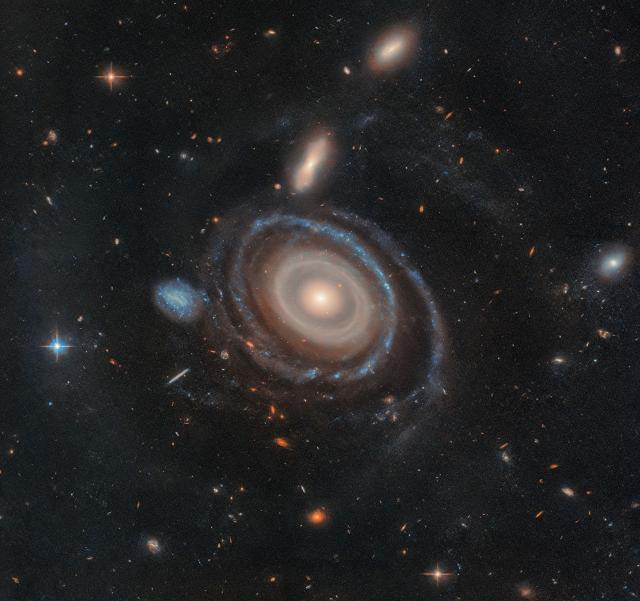
Straight Shot: Hubble Investigates Galaxy with Nine Rings
NASA’s Hubble Space Telescope has captured a cosmic bullseye! The gargantuan galaxy LEDA 1313424 is rippling with nine star-filled rings after an “arrow” — aNASA Hubble Mission Team (NASA Science)

Hubble Spots a Supernova
The subject of this NASA/ESA Hubble Space Telescope image is a supernova-hosting galaxy located about 600 million light-years away in the constellationNASA Hubble Mission Team (NASA Science)
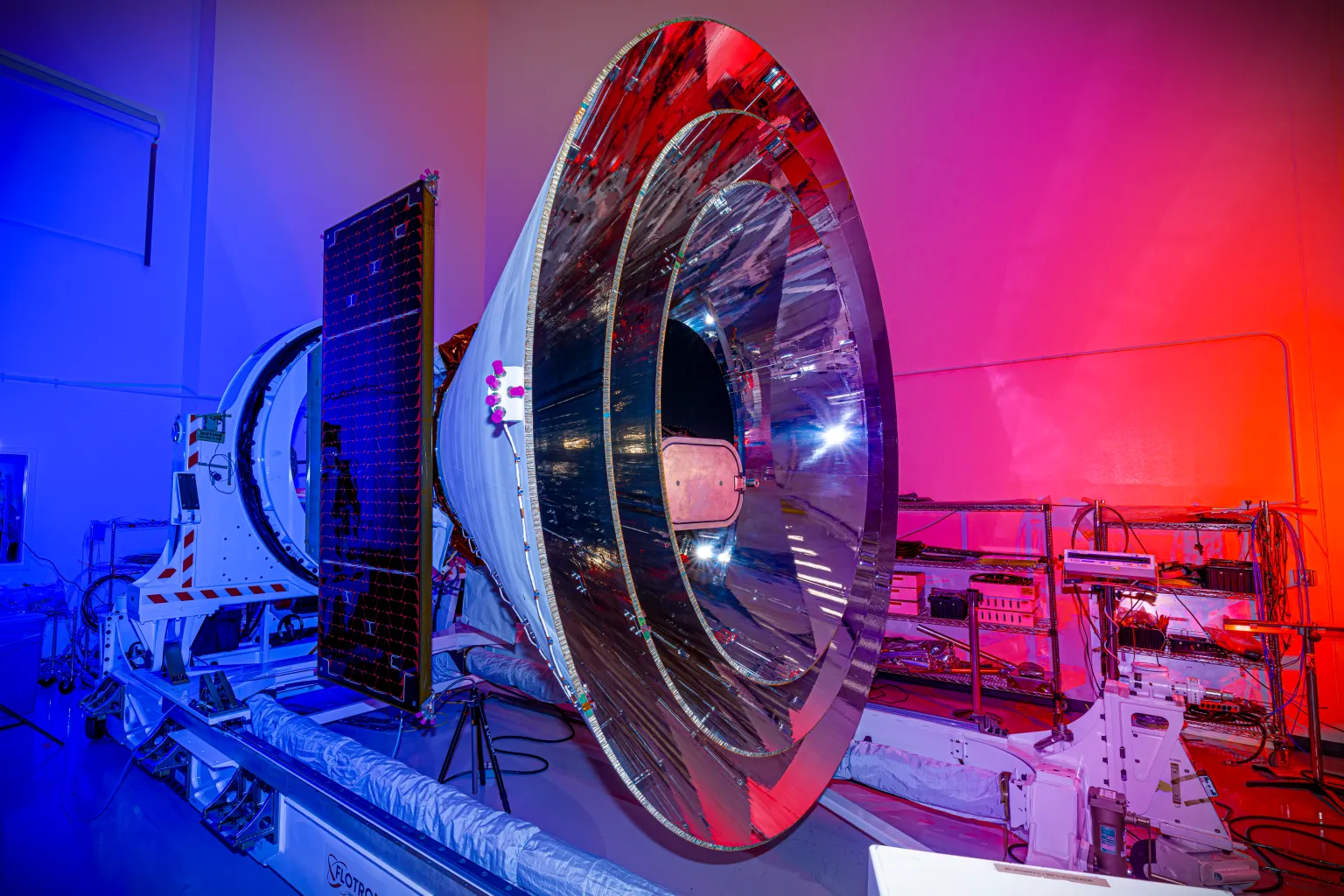
NASA to Preview Sky-Mapping Space Telescope Ahead of Launch - NASA
Agency experts will preview NASA’s SPHEREx (Spectro-Photometer for the History of the Universe, Epoch of Reionization and Ices Explorer) mission, which willNASA

NASA to Preview Sky-Mapping Space Telescope Ahead of Launch - NASA
Agency experts will preview NASA’s SPHEREx (Spectro-Photometer for the History of the Universe, Epoch of Reionization and Ices Explorer) mission, which willNASA
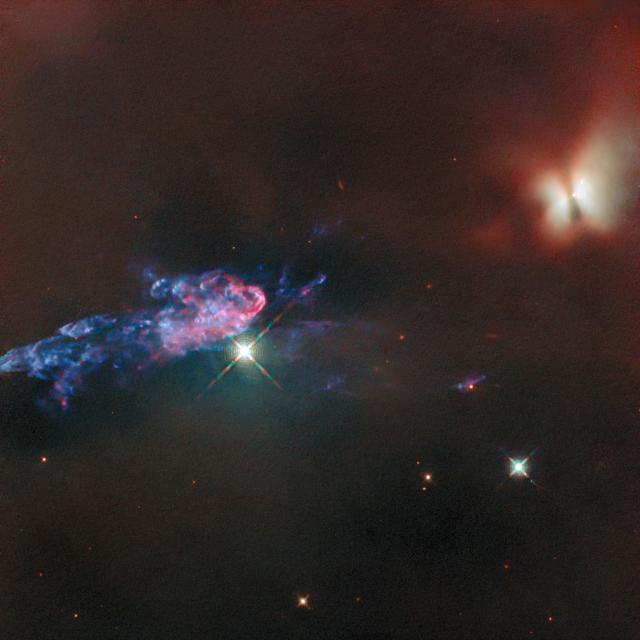
Hubble Captures Young Stars Changing Their Environments - NASA Science
This NASA/ESA Hubble Space Telescope image peers into the dusty recesses of the nearest massive star-forming region to Earth, the Orion Nebula (Messier 42, M42).science.nasa.gov
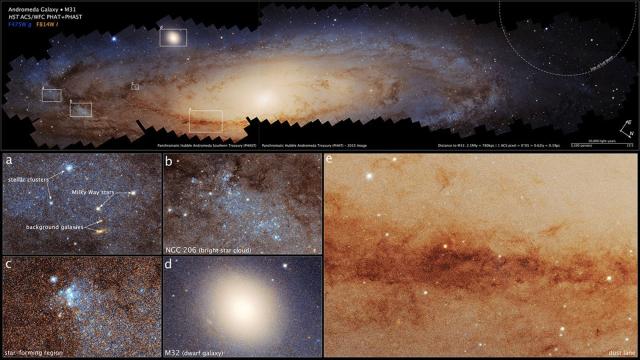
NASA's Hubble Traces Hidden History of Andromeda Galaxy - NASA Science
In the years following the launch of NASA’s Hubble Space Telescope, astronomers have tallied over 1 trillion galaxies in the universe.science.nasa.gov

NASA’s Pandora Mission One Step Closer To Probing Alien Atmospheres - NASA Science
Pandora, NASA’s newest exoplanet mission, is one step closer to launch with the completion of the spacecraft bus, which provides the structure, power, and other systems that will enable the mission to carry out its work.science.nasa.gov
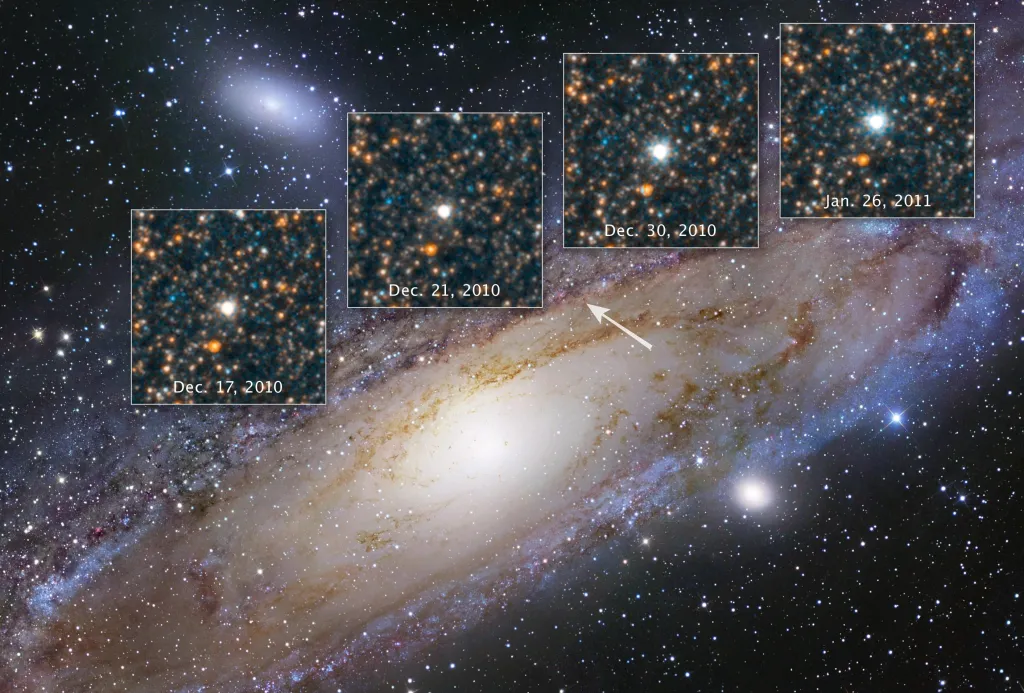
NASA Celebrates Edwin Hubble's Discovery of a New Universe - NASA Science
For humans, the most important star in the universe is our Sun. The second-most important star is nestled inside the Andromeda galaxy. Don’t go looking for it — the flickering star is 2.science.nasa.gov
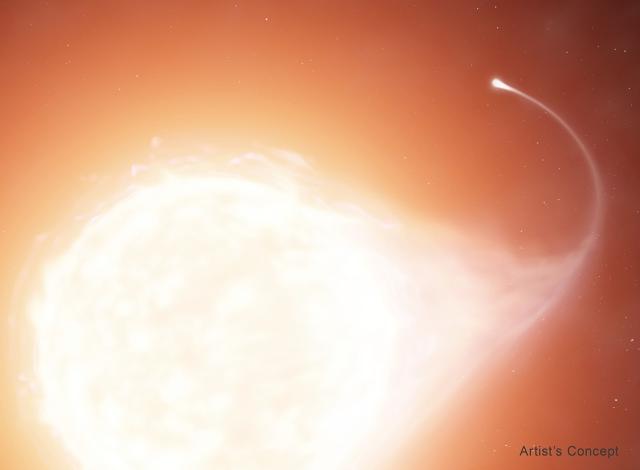
NASA's Hubble Tracks Down a 'Blue Lurker' Among Stars - NASA Science
The name “blue lurker” might sound like a villainous character from a superhero movie. But it is a rare class of star that NASA’s Hubble Space Telescope explored by looking deeply into the open star cluster M67, roughly 2,800 light-years away.science.nasa.gov
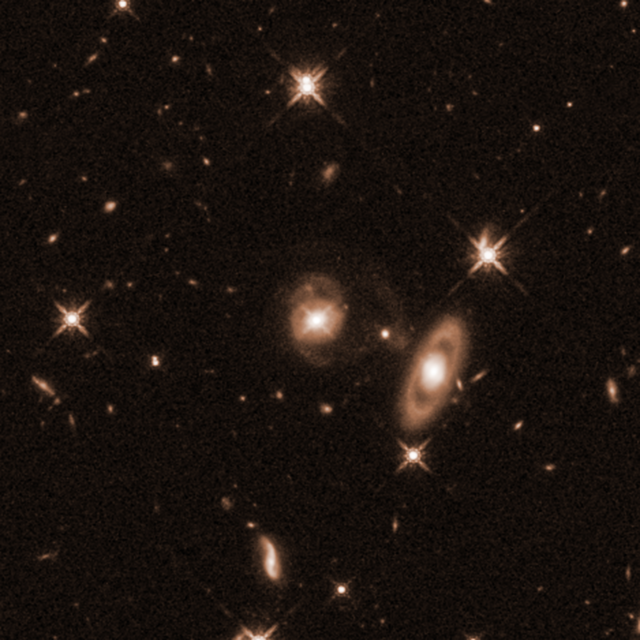
Hubble Reveals Surprising Spiral Shape of Galaxy Hosting Young Jet - NASA Science
The night sky has always played a crucial role in navigation, from early ocean crossings to modern GPS. Besides stars, the United States Navy uses quasars as beacons.science.nasa.gov
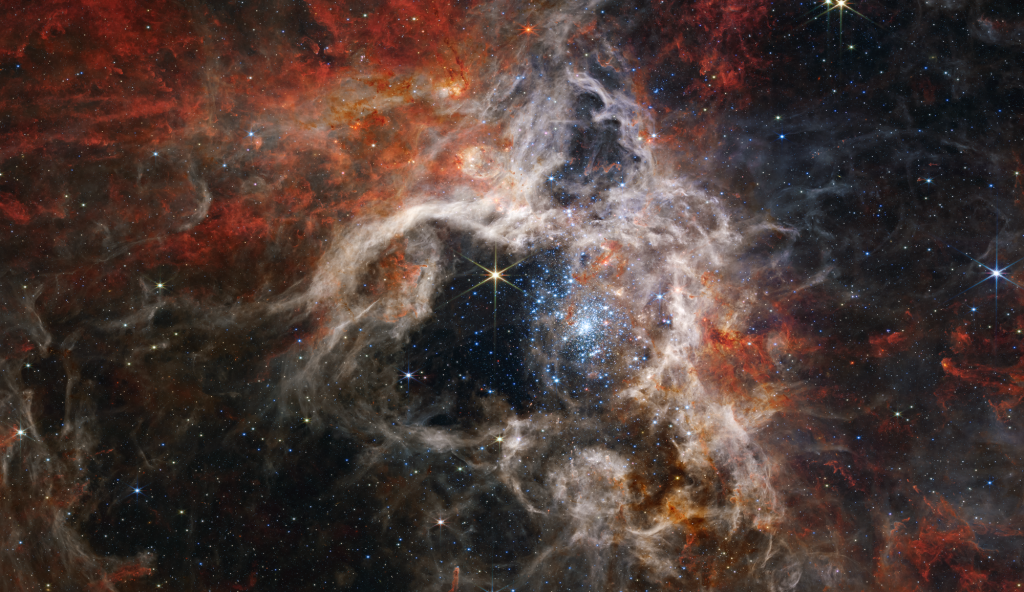
NASA Research To Be Featured at American Astronomical Society Meeting - NASA Science
From new perspectives on the early universe to illuminating the extreme environment near a black hole, discoveries from NASA missions will be highlighted at the 245th meeting of the American Astronomical Society (AAS).science.nasa.gov

Hubble Rings In the New Year - NASA Science
This NASA/ESA Hubble Space Telescope image reveals a tiny patch of sky in the constellation Hydra. The stars and galaxies depicted here span a mind-bending range of distances.science.nasa.gov
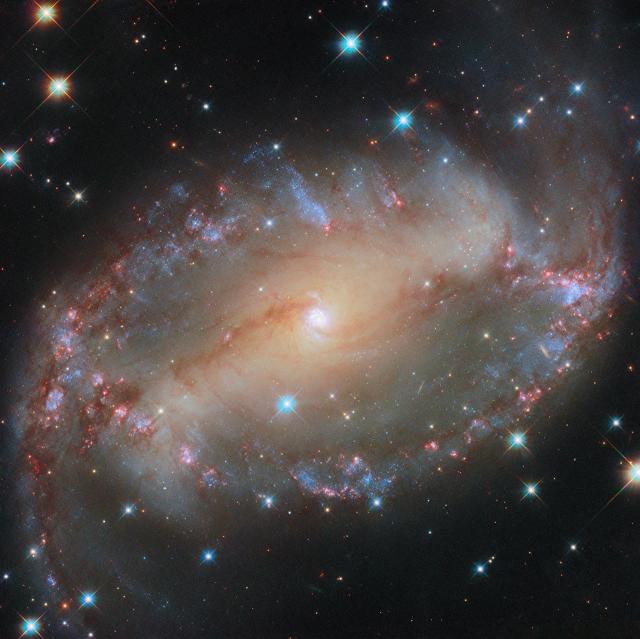
Hubble Spies a Cosmic Eye - NASA Science
This NASA/ESA Hubble Space Telescope image features the spiral galaxy NGC 2566, which sits 76 million light-years away in the constellation Puppis.science.nasa.gov

Very Cold Detectors Reveal the Very Hot Universe and Kick Off a New Era in X-ray Astronomy - NASA Science
X-rays are radiated by matter hotter than one million Kelvin, and high-resolution X-ray spectroscopy can tell us about the composition of the matter and how fast and in what direction it is moving.science.nasa.gov
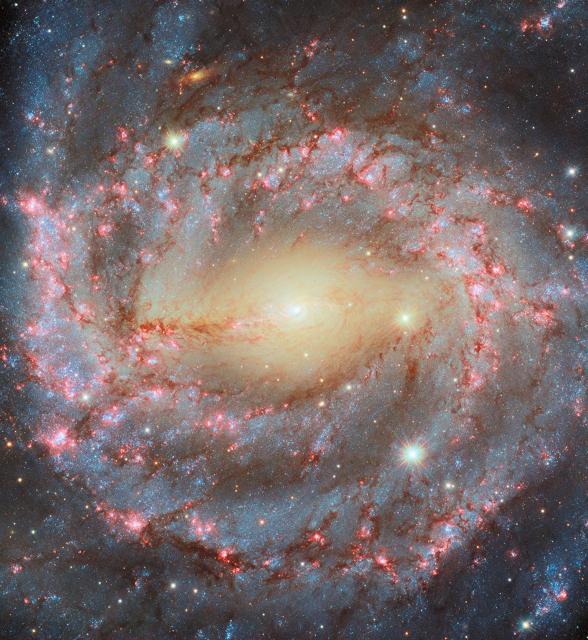
Hubble Images a Grand Spiral - NASA Science
This NASA/ESA Hubble Space Telescope image features the glorious spiral galaxy NGC 5643, which is located roughly 40 million light-years away in the constellation Lupus, the Wolf.science.nasa.gov
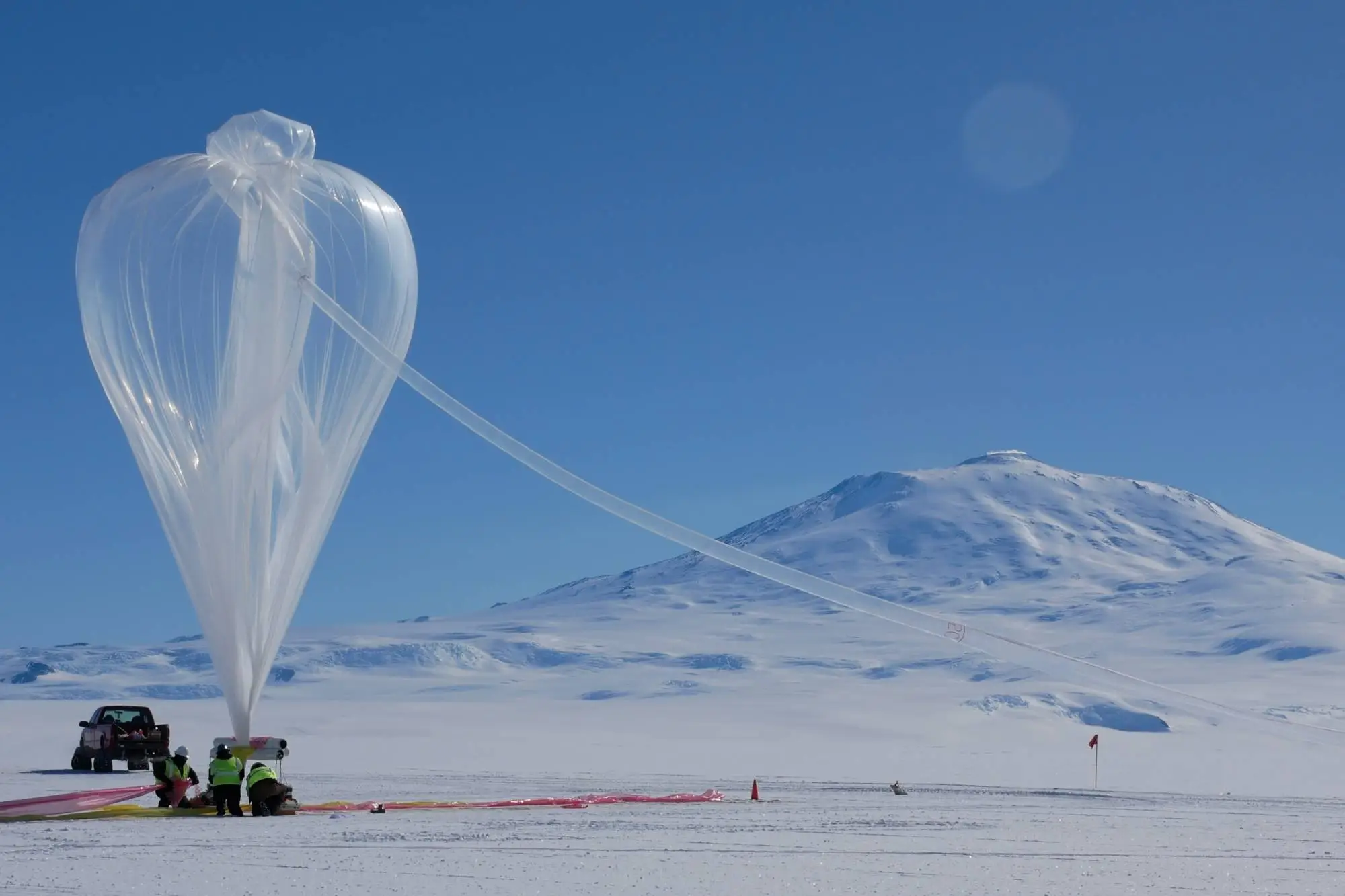
NASA Scientific Balloon Flights to Lift Off From Antarctica - NASA
NASA’s Scientific Balloon Program has returned to Antarctica’s icy expanse to kick off the annual Antarctic Long-Duration Balloon Campaign, where two balloonOlivia F. Littleton (NASA)

NASA's Hubble Celebrates Decade of Tracking Outer Planets - NASA Science
Encountering Neptune in 1989, NASA’s Voyager mission completed humankind’s first close-up exploration of the four giant outer planets of our solar system.science.nasa.gov

NASA's Hubble Takes the Closest-Ever Look at a Quasar - NASA Science
Astronomers have used the unique capabilities of NASA’s Hubble Space Telescope to peer closer than ever into the throat of an energetic monster black hole powering a quasar.science.nasa.gov

Hubble Captures an Edge-On Spiral with Curve Appeal - NASA Science
This NASA/ESA Hubble Space Telescope image features a spiral galaxy, named UGC 10043. We don’t see the galaxy’s spiral arms because we are seeing it from the side.science.nasa.gov

NASA's Hubble Finds Sizzling Details About Young Star FU Orionis - NASA Science
In 1936, astronomers saw a puzzling event in the constellation Orion: the young star FU Orionis (FU Ori) became a hundred times brighter in a matter of months. At its peak, FU Ori was intrinsically 100 times brighter than our Sun.science.nasa.gov

Hubble Takes a Look at Tangled Galaxies - NASA Science
This NASA/ESA Hubble Space Telescope image depicts the cosmic tangle that is MCG+05-31-045, a pair of interacting galaxies located 390 million light-years away and a part of the Coma galaxy cluster.science.nasa.gov

NASA's Hubble Sees Aftermath of Galaxy's Scrape with Milky Way - NASA Science
A story of survival is unfolding at the outer reaches of our galaxy, and NASA’s Hubble Space Telescope is witnessing the saga. The Large Magellanic Cloud, also called the LMC, is one of the Milky Way galaxy’s nearest neighbors.science.nasa.gov
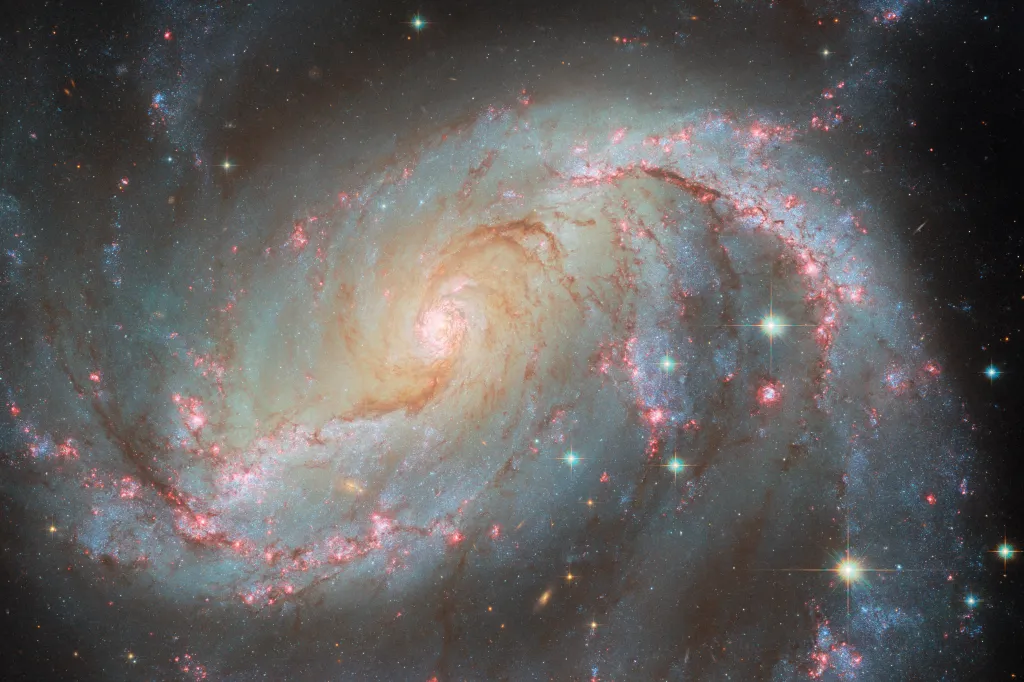
Hubble Captures a Galaxy with Many Lights - NASA Science
This NASA/ESA Hubble Space Telescope image features NGC 1672, a barred spiral galaxy located 49 million light-years from Earth in the constellation Dorado.science.nasa.gov
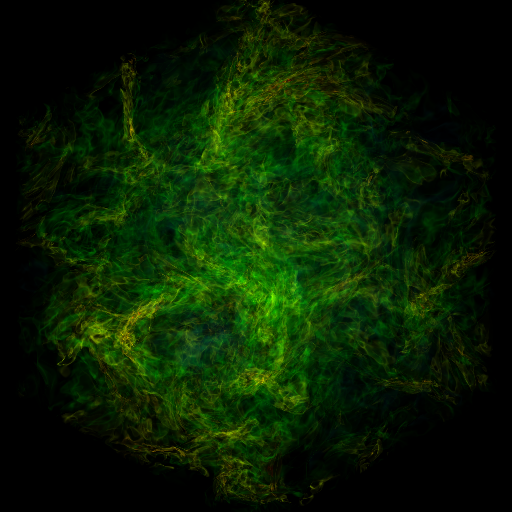
Buckle Up: NASA-Funded Study Explores Turbulence in Molecular Clouds - NASA Science
On an airplane, motions of the air on both small and large scales contribute to turbulence, which may result in a bumpy flight. Turbulence on a much larger scale is important to how stars form in giant molecular clouds that permeate the Milky Way.science.nasa.gov
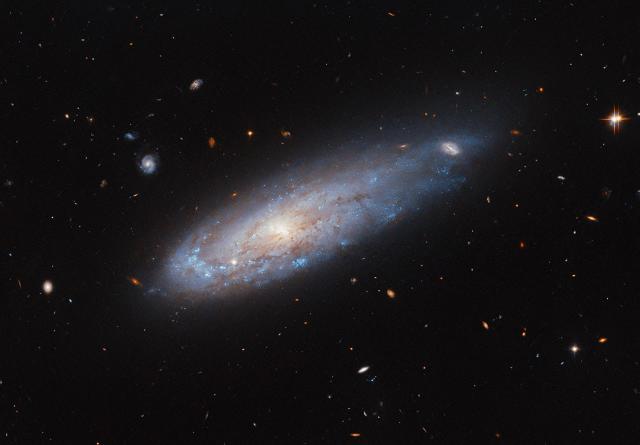
Hubble Sees a Celestial Cannonball - NASA Science
The spiral galaxy in this NASA/ESA Hubble Space Telescope image is IC 3225. It looks remarkably as if it was launched from a cannon, speeding through space like a comet with a tail of gas streaming from its disk behind it.science.nasa.gov
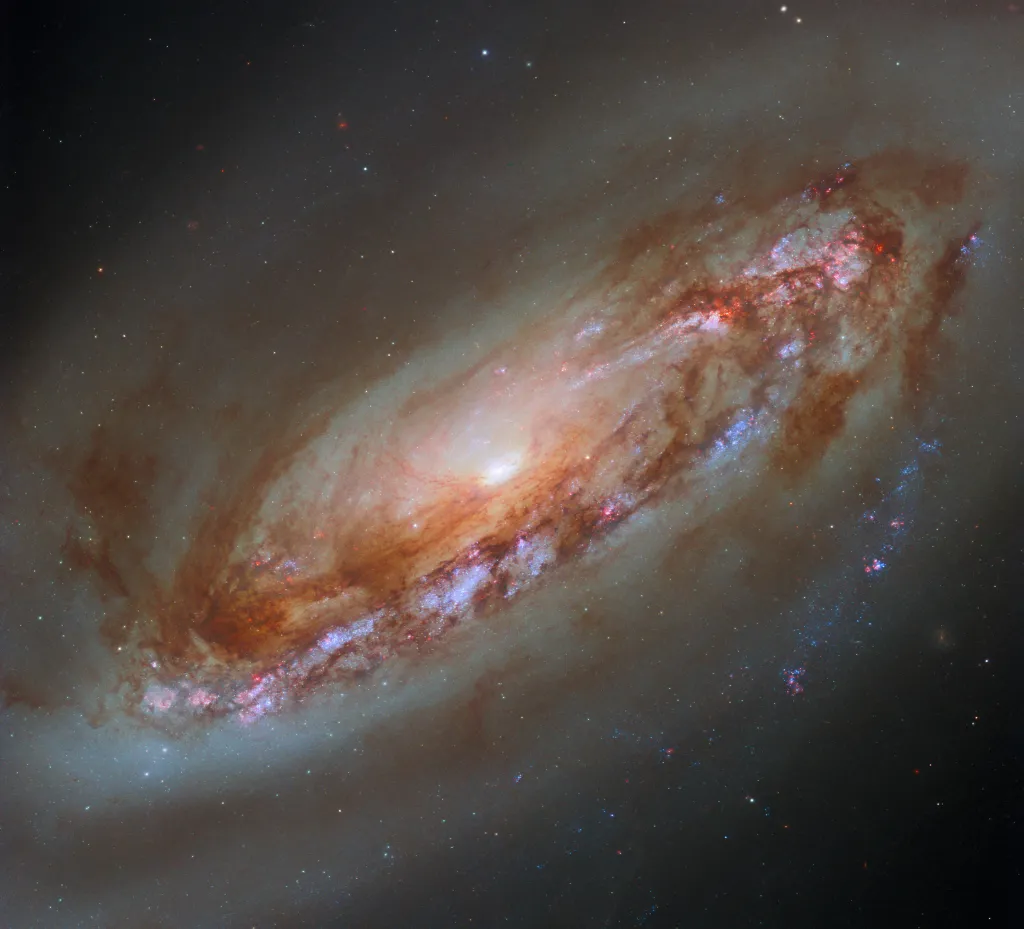
Hubble Captures a New View of Galaxy M90 - NASA Science
This NASA/ESA Hubble Space Telescope image features the striking spiral galaxy Messier 90 (M90, also NGC 4569), located in the constellation Virgo.science.nasa.gov
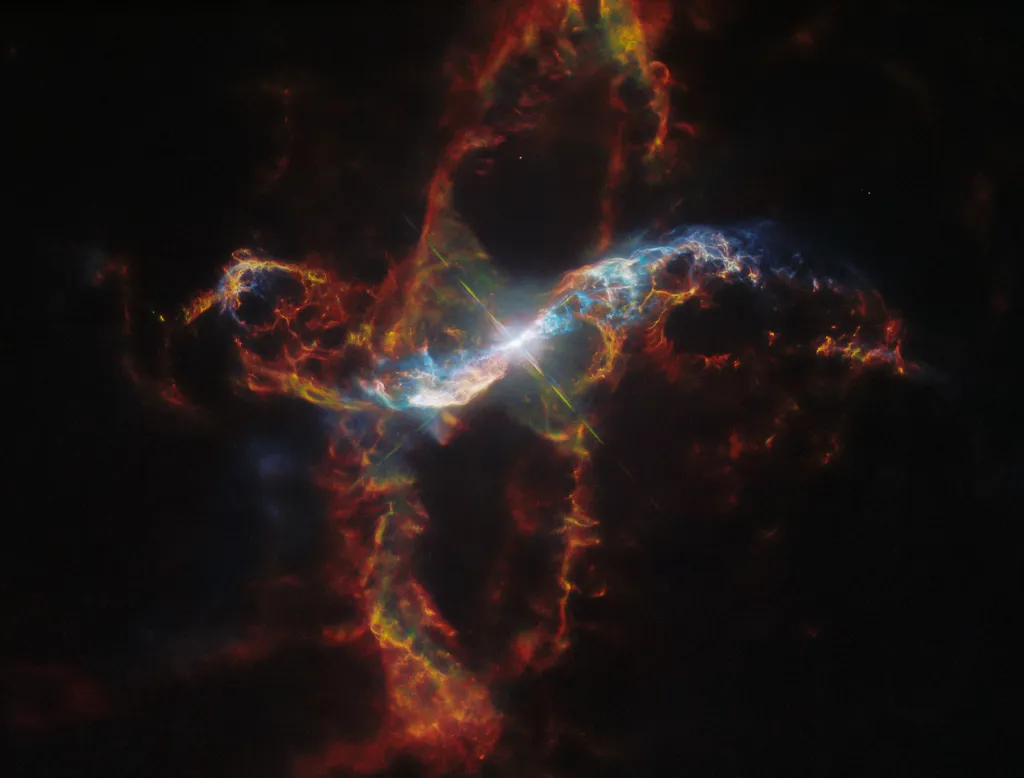
NASA's Hubble Sees a Stellar Volcano - NASA Science
NASA’s Hubble Space Telescope has provided a dramatic and colorful close-up look at one of the most rambunctious stars in our galaxy, weaving a huge spiral pattern among the stars.science.nasa.gov

Revealing the Hidden Universe with Full-shell X-ray Optics at NASA MSFC - NASA Science
The study of X-ray emission from astronomical objects reveals secrets about the Universe at the largest and smallest spatial scales.science.nasa.gov
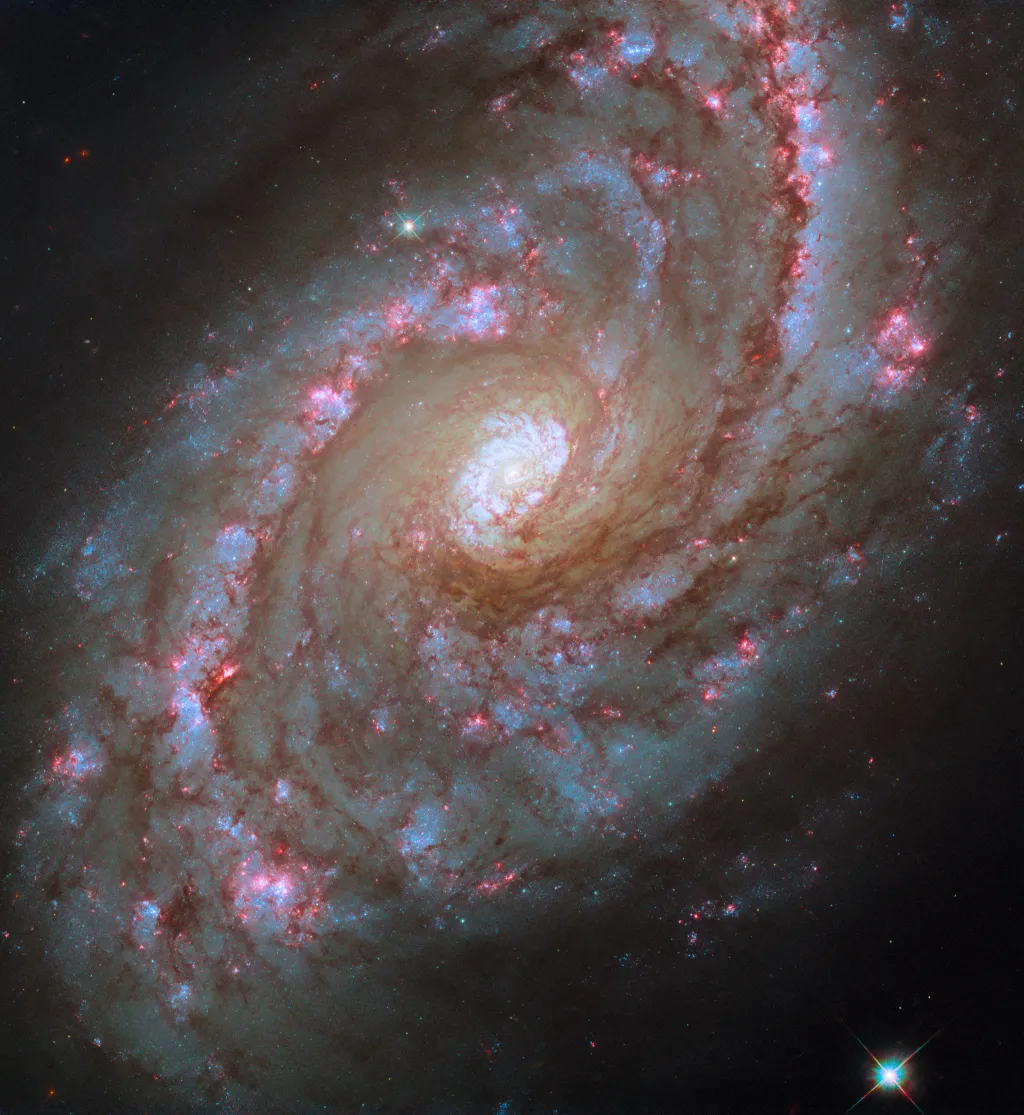
Hubble Spots a Grand Spiral of Starbursts - NASA Science
The sparkling scene depicted in this NASA/ESA Hubble Space Telescope image is of the spiral galaxy NGC 5248, located 42 million light-years from Earth in the constellation Boötes. It is also known as Caldwell 45.science.nasa.gov
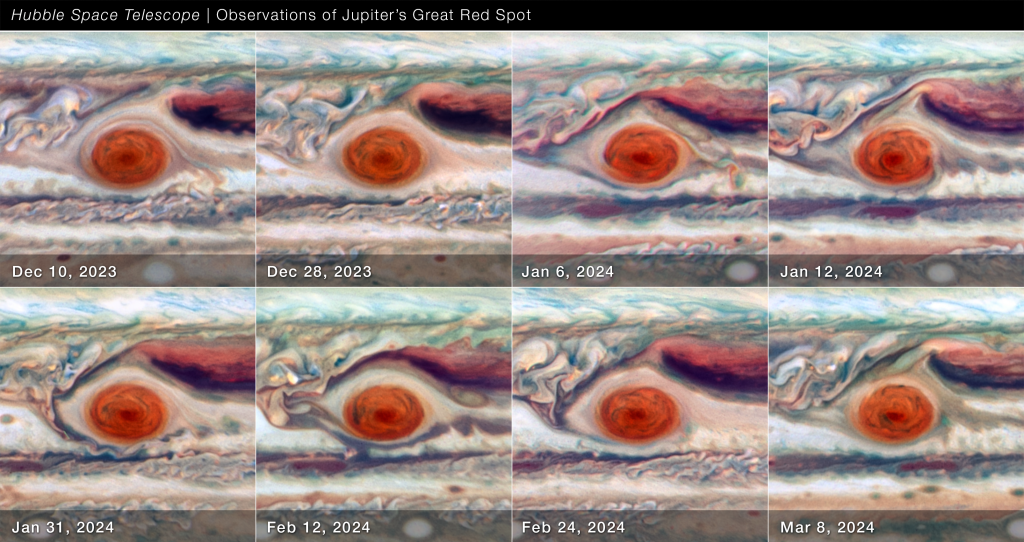
NASA's Hubble Watches Jupiter's Great Red Spot Behave Like a Stress Ball - NASA Science
Astronomers have observed Jupiter’s legendary Great Red Spot (GRS), an anticyclone large enough to swallow Earth, for at least 150 years. But there are always new surprises – especially when NASA’s Hubble Space Telescope takes a close-up look at it.science.nasa.gov
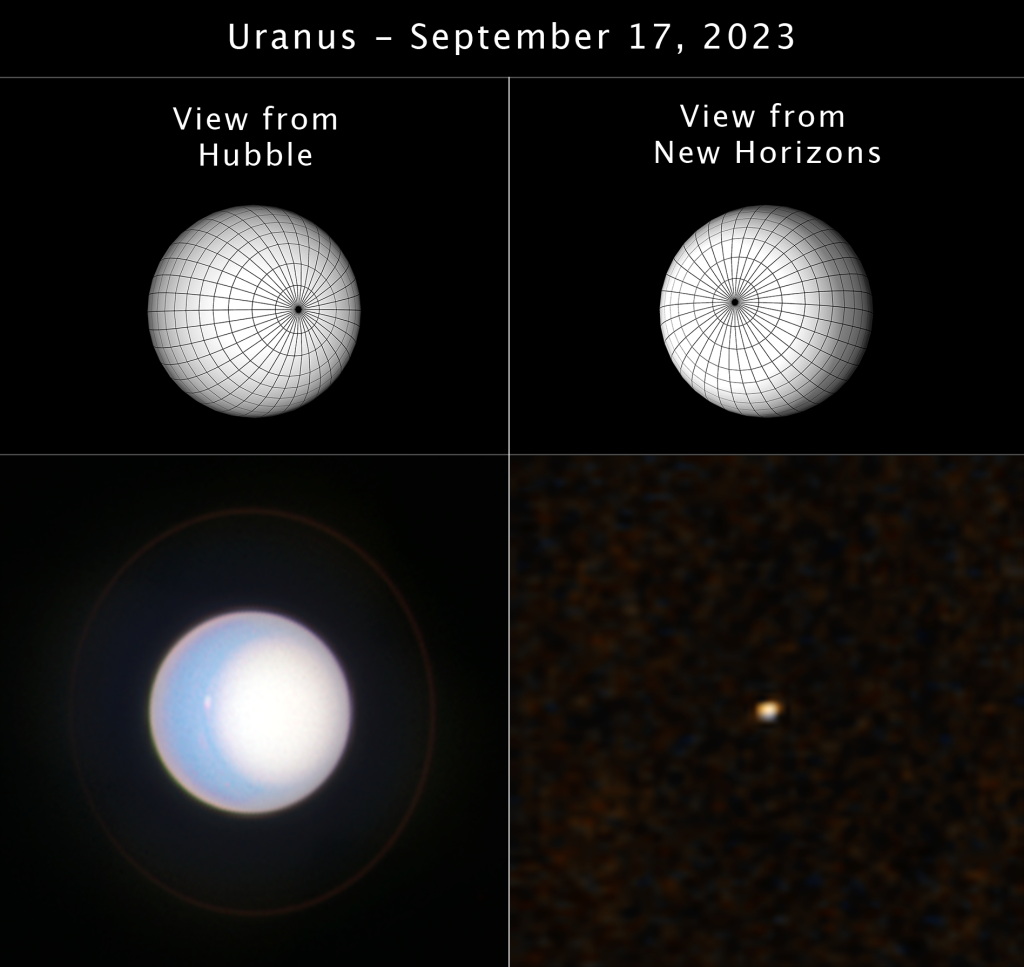
NASA's Hubble, New Horizons Team Up for a Simultaneous Look at Uranus - NASA Science
NASA’s Hubble Space Telescope and New Horizons spacecraft simultaneously set their sights on Uranus recently, allowing scientists to make a direct comparison of the planet from two very different viewpoints.science.nasa.gov

Hubble Observes a Peculiar Galaxy Shape - NASA Science
This NASA/ESA Hubble Space Telescope image reveals the galaxy, NGC 4694. Most galaxies fall into one of two basic types.science.nasa.gov
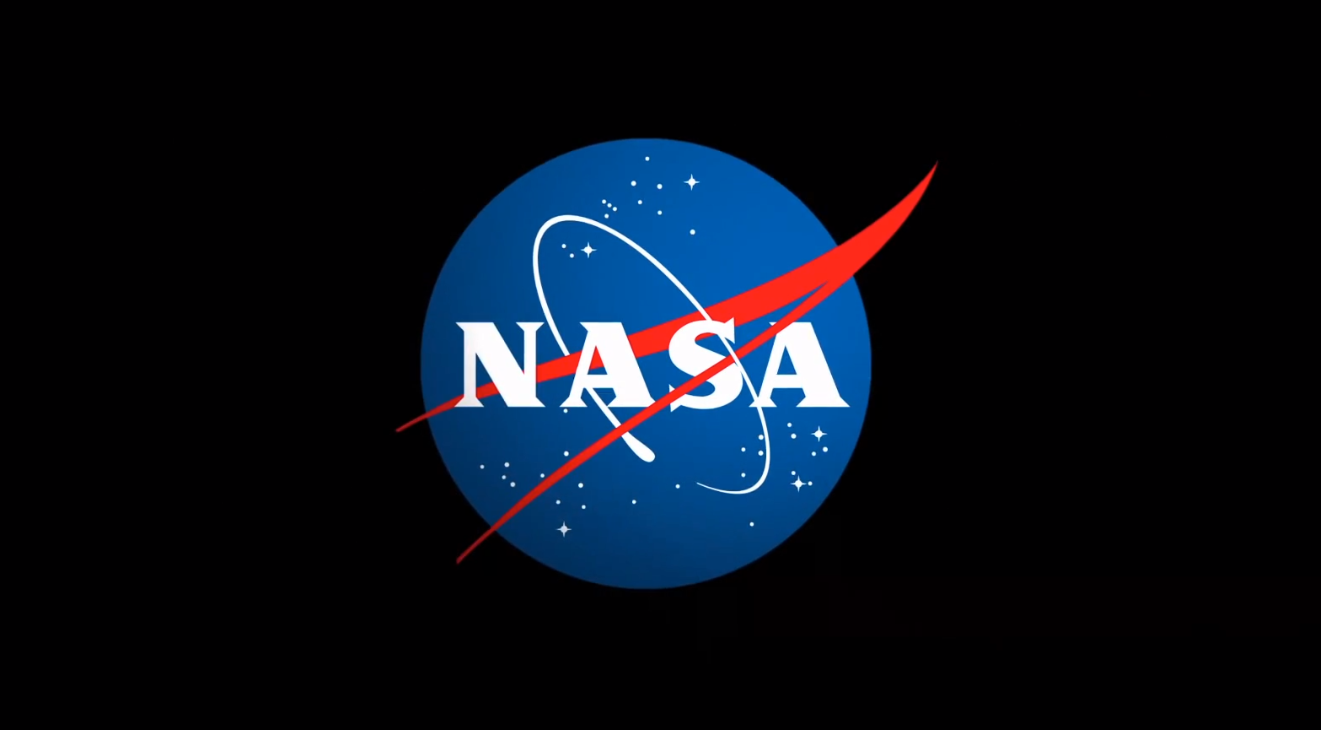
NASA Establishes New Class of Astrophysics Missions, Selects Studies - NASA
Two proposals for missions to observe X-ray and far-infrared wavelengths of light from space were selected by NASA for additional review, the agency announcedNASA
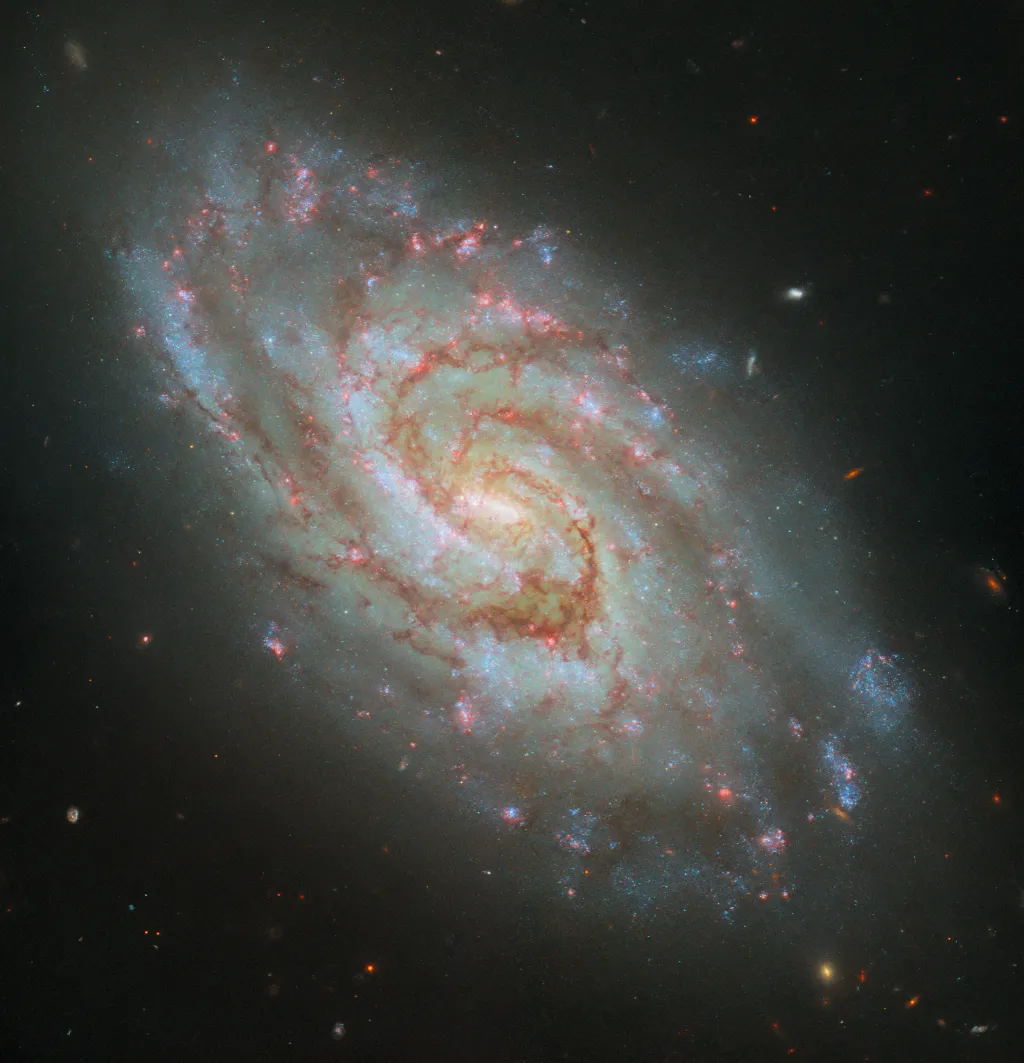
Hubble Captures Stellar Nurseries in a Majestic Spiral - NASA Science
This image from the NASA/ESA Hubble Space Telescope features the spiral galaxy IC 1954, located 45 million light-years from Earth in the constellation Horologium.science.nasa.gov
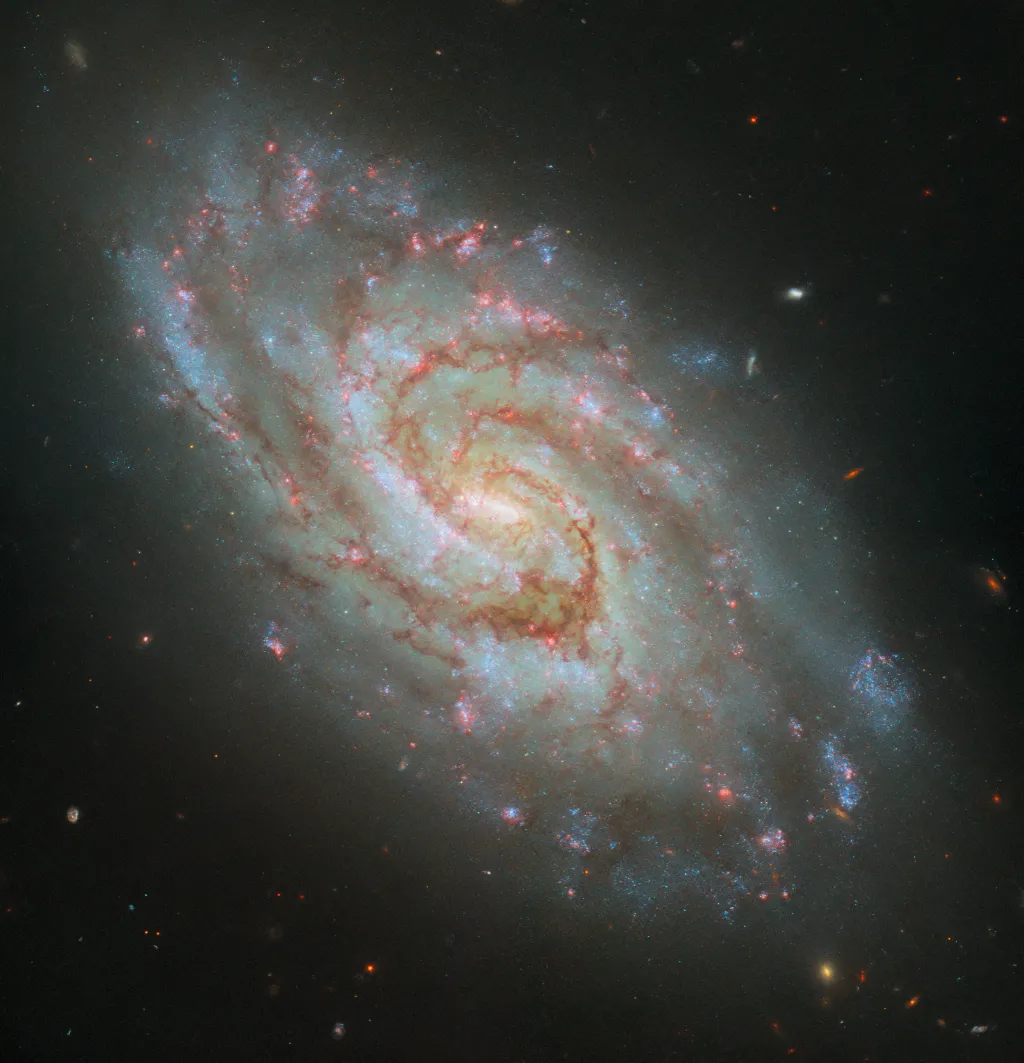
Hubble Captures Steller Nurseries in a Majestic Spiral - NASA Science
This image from the NASA/ESA Hubble Space Telescope features the spiral galaxy IC 1954, located 45 million light-years from Earth in the constellation Horologium.science.nasa.gov
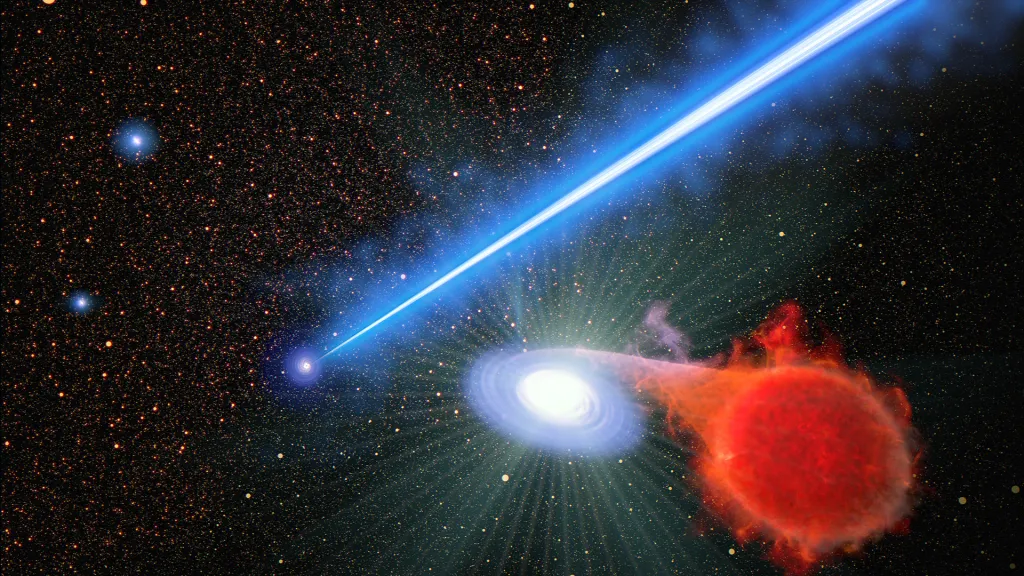
NASA's Hubble Finds that a Black Hole Beam Promotes Stellar Eruptions - NASA Science
In a surprise finding, astronomers using NASA’s Hubble Space Telescope have discovered that the blowtorch-like jet from a supermassive black hole at the core of a huge galaxy seems to cause stars to erupt along its trajectory.science.nasa.gov

Women in Astronomy Citizen Science Webinar This Thursday - NASA Science
Women hold up half the sky… but participation numbers for NASA-sponsored citizen science projects don’t always reflect that.science.nasa.gov
